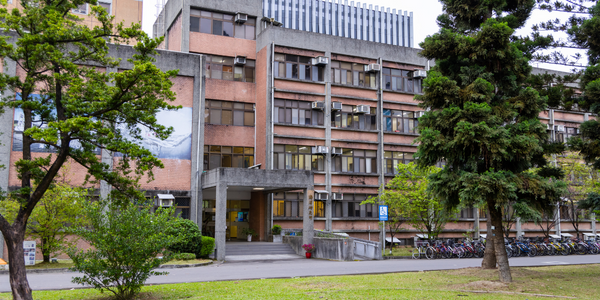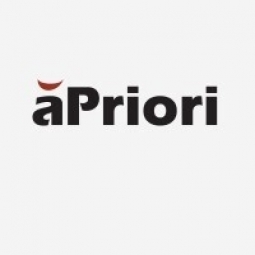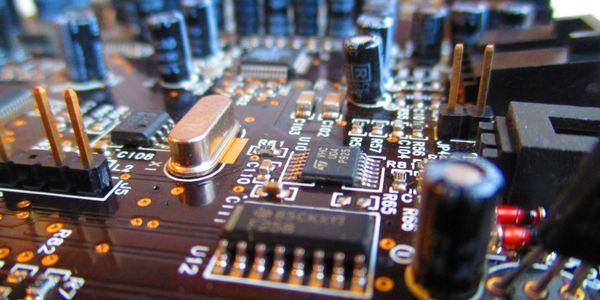Technology Category
- Analytics & Modeling - Digital Twin / Simulation
- Functional Applications - Manufacturing Execution Systems (MES)
Applicable Industries
- Buildings
- Electronics
Applicable Functions
- Procurement
- Product Research & Development
Use Cases
- Digital Twin
- Manufacturing Process Simulation
Services
- System Integration
About The Customer
HARMAN is a high-tech electronics company with a diverse range of product offerings. The company employs 30,000 people and generates $8.8 billion in revenue. HARMAN was in search of a technology that could provide them with a detailed insight into the cost structure of their products and offer transparency into the pricing offered by third-party suppliers. The company needed a solution that could quickly analyze a design and correctly allocate costs using unique, supplier-specific cost drivers. This was crucial for building a true partnership with suppliers and avoiding contentious negotiations.
The Challenge
HARMAN, a high-tech electronics company with 30,000 employees and $8.8 billion in revenue, was facing a challenge in managing supplier costs. The company was in need of a technology that could efficiently integrate with design and sourcing workflows, work directly with 3D CAD models, and handle the varied manufacturing processes required by their diverse and often complex product offerings. The main issue was the lack of transparency in the pricing offered by third-party suppliers. HARMAN needed a solution that could provide detailed insight into product cost structure and quickly analyze a design to correctly allocate costs using unique, supplier-specific cost drivers. This was crucial for building a true partnership with suppliers and avoiding contentious negotiations.
The Solution
HARMAN chose aPriori to address their challenge. aPriori’s ability to configure custom digital factories for a variety of production processes made it a flexible solution for a wide variety of HARMAN products. The technology was used to simulate manufacturing for diverse products, providing HARMAN with manufacturing cost models for production processes including plastic molding, stamping, die casting, electro-mechanical components, and more. aPriori’s speed in analyzing a design to generate a digital twin almost instantly once a 3D CAD is uploaded was also a key factor in its selection. This facilitated more transparent sourcing without slowing down the development process. Furthermore, HARMAN used aPriori’s simulated manufacturing cost models to work with suppliers to identify cost inefficiencies and develop a transparent, mutually shared understanding of that supplier’s manufacturing cost structure.
Operational Impact
Quantitative Benefit

Case Study missing?
Start adding your own!
Register with your work email and create a new case study profile for your business.
Related Case Studies.

Case Study
Remote Temperature Monitoring of Perishable Goods Saves Money
RMONI was facing temperature monitoring challenges in a cold chain business. A cold chain must be established and maintained to ensure goods have been properly refrigerated during every step of the process, making temperature monitoring a critical business function. Manual registration practice can be very costly, labor intensive and prone to mistakes.

Case Study
Energy Saving & Power Monitoring System
Recently a university in Taiwan was experiencing dramatic power usage increases due to its growing number of campus buildings and students. Aiming to analyze their power consumption and increase their power efficiency across 52 buildings, the university wanted to build a power management system utilizing web-based hardware and software. With these goals in mind, they contacted Advantech to help them develop their system and provide them with the means to save energy in the years to come.

Case Study
Intelligent Building Automation System and Energy Saving Solution
One of the most difficult problems facing the world is conserving energy in buildings. However, it is not easy to have a cost-effective solution to reduce energy usage in a building. One solution for saving energy is to implement an intelligent building automation system (BAS) which can be controlled according to its schedule. In Indonesia a large university with a five floor building and 22 classrooms wanted to save the amount of energy being used.

Case Study
Powering Smart Home Automation solutions with IoT for Energy conservation
Many industry leaders that offer Smart Energy Management products & solutions face challenges including:How to build a scalable platform that can automatically scale-up to on-board ‘n’ number of Smart home devicesData security, solution availability, and reliability are the other critical factors to deal withHow to create a robust common IoT platform that handles any kind of smart devicesHow to enable data management capabilities that would help in intelligent decision-making









